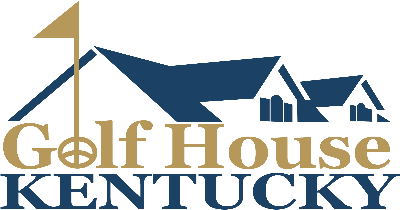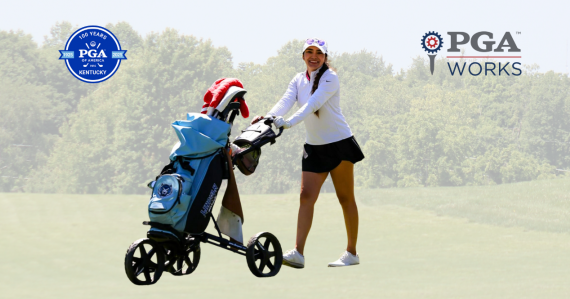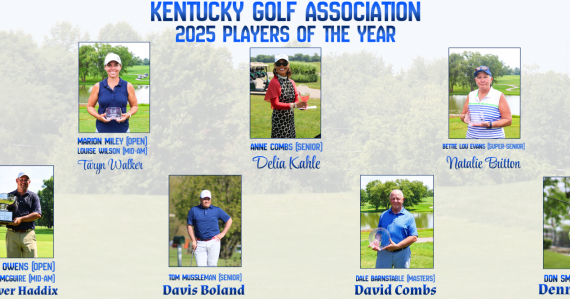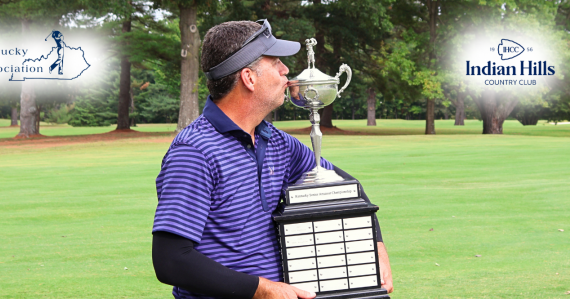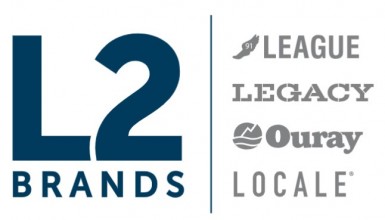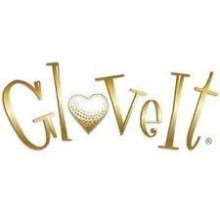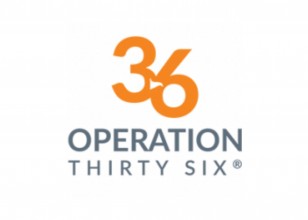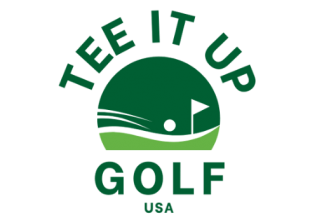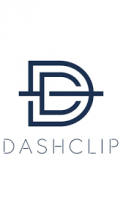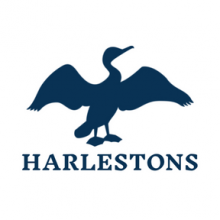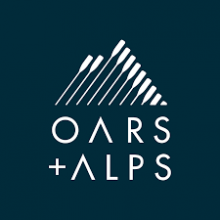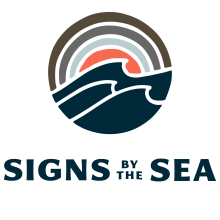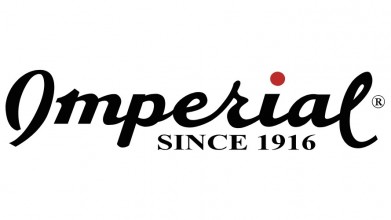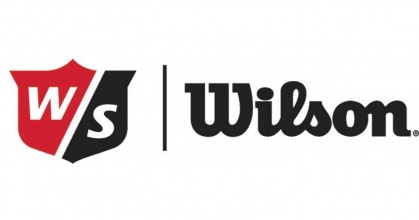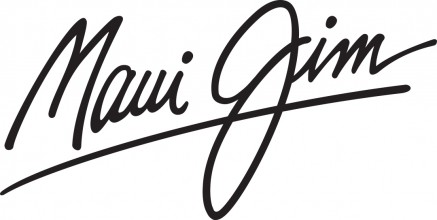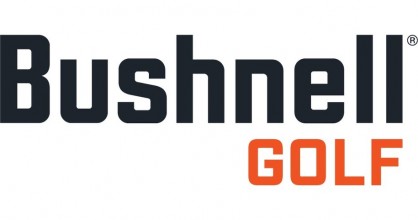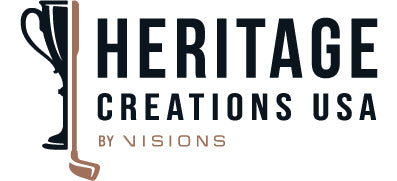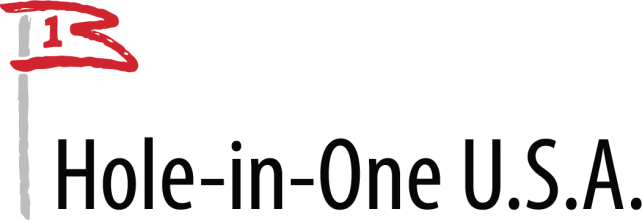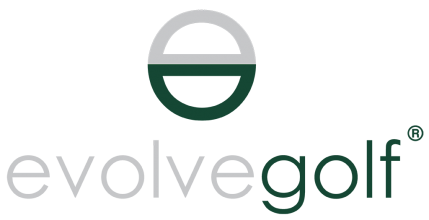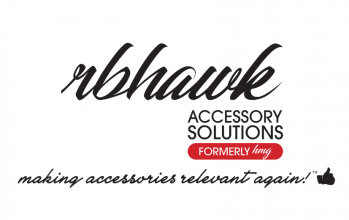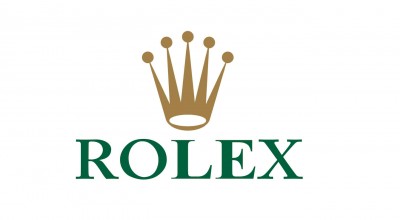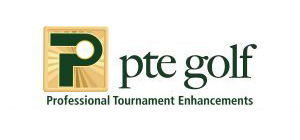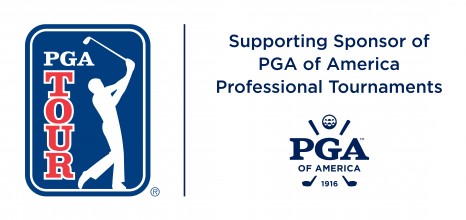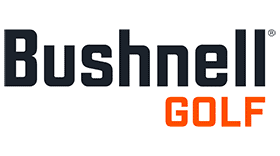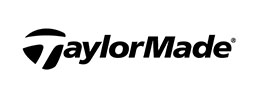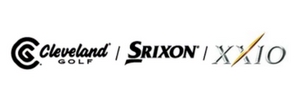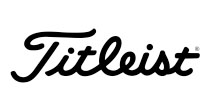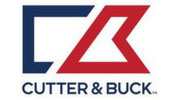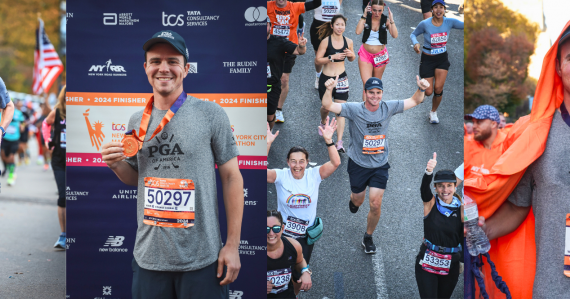
News
The Coomer Corner - And They Rolled the Stone Away
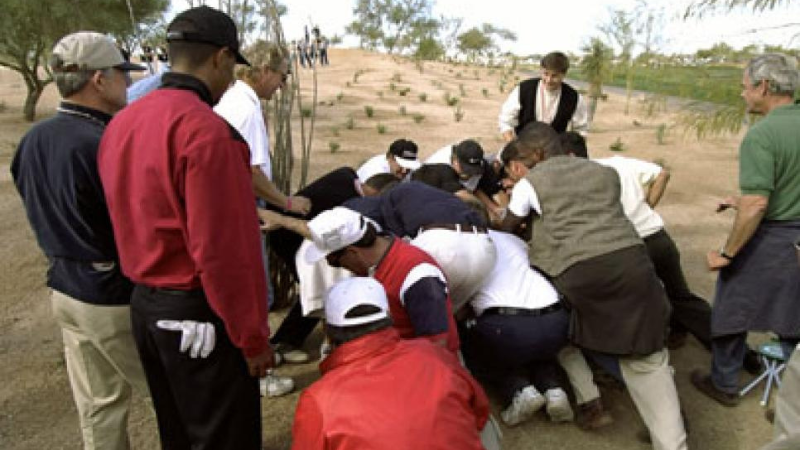
And They Rolled the Stone Away
(Rules for the Game of Golf)
I suppose the title of this article may have you preparing for a sermon based on the Resurrection account in the Bible, but I have chosen another historical episode about a big rock. The year is 1999 and the place is Scottsdale, Arizona. The Tournament Players Course in this southwest city is hosting the annual Waste Management Phoenix Open and there’s a player of note that is just starting his Hall of Fame career. Tiger Woods is playing the par 5 - 13th hole and sends his tee shot skittering into the desert feature off the fairway. Along with plenty of sand, cacti, sagebrush, and tumbleweeds there are rocks, big rocks. Ok, let’s call them boulders. Wood’s ball comes to rest very close to one of these small, 2000- pound boulders and leaves very little room for a stroke at the ball. Without hesitation, Tiger calls the PGA Tour Rules Official over and asks this question. “Is this a loose impediment and can I move it?”
Orlando Pope, the official assigned to the group, studies the situation for a moment and declares the boulder a loose impediment as defined by the Rules of Golf Book. Tiger has the option to either move the boulder himself or accept assistance in moving it. Once the spectators became aware that the option was allowed, several fans gathered around the boulder and forced what until that moment was a permanent design element of the golf course away from the area to give Tiger a clear swing for his next stroke. It kind of reminds you of a movie scene where they are building an Egyptian pyramid. By the way, extreme care was taken that the ball would not move while the excavation was underway.
As you may remember or can guess, not everyone agreed with the call at the time. I remember Jim Nance asking co-host Ken Venturi his opinion on the matter. Let’s just say he wasn’t at all happy about the ruling and how it turned out. Others stated that the boulder was solidly embedded in the ground so relief should not have been granted. As you can imagine, Mr. Pope was a popular attendee at many of the rules workshops I attended around that time, and he was always answering the same questions concerning his interpretation of the ruling. Well, twenty-four years later the discussion goes on but if you’ve got a boulder to move, move it!
Our next rule, Rule 15, addresses those same boulders, I mean loose impediments and includes movable obstructions as well. The main focus for us is when and how relief is taken from these situations and getting the ball back into play. We have been told a number of times to play the ball as it lies and the course as you find it but, in this rule, there are reasons to ignore that mantra and forge ahead with methods of getting out of trouble. Movable natural and artificial objects are not treated as part of the challenge of playing the course therefore it is normal to remove them when they interfere with your play.
When are we allowed to remove these impediments or obstructions? Anytime! That is anytime your play is interfered with and the removal is done prior to taking another stroke. Perhaps this is obvious, but when removing loose impediments (natural items), the ball may not move from its place at rest. There’s a one-stroke penalty when that happens. It’s OK if the ball moves when removing movable obstructions. Just put it back. Once the ball is in motion, nothing can be done that may affect the ball’s flight or where it may come to rest.
If your ball decides it likes the feel of someone’s blanket, towel or even his pants pocket and comes to rest on or in these items, you will have to get it back in play by estimating the spot on the ground directly under these items, remove that item and drop the ball on the ground within a club-length of that reference spot. There is no penalty applied to this relief.
This rule also clarifies when the “helping” or “interfering” scenario arises about a ball that could alter another ball’s direction of play. In Rule 15.3, the rule applies only to when a ball is on the putting green. When a ball is on the green, a player who believes it may help anyone’s play (serving as a backstop near the hole) for instance, may mark and lift his ball or have another player’s ball mark and lifted. In stroke play that ball may be played first instead. Anywhere else on the golf course, a ball that may be interfering may be marked and lifted, without being cleaned, and then replaced on its original spot. The procedure must be followed accurately, or a one stroke penalty will be assessed.
Returning to the putting green for a moment, remember that a ball marker, artificially made, is used to mark the exact position of the ball when it has been lifted. If there is a need to move the marker from another player’s line of play, you are not required to place the marker back on the original spot but can place the ball instead. It is also a good idea to adjust your routine so that you won’t forget that original spot (such as using the opposite side of a coin or crossing your fingers while waiting to return the marker or ball to the original spot).
If we were playing golf in 1589, there’s no doubt a list of loose impediments would include a wide variety of barnyard items. You can also bet a debris field of weaponry items will need to be negotiated between strokes and who can even guess what may be in the dug-out cup at the end of the hole. Anyway, we are blessed to play the finest conditioned courses every day and thankful the rules let us move around or eliminate some of those natural and man-made nuisances.

